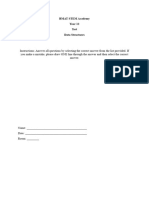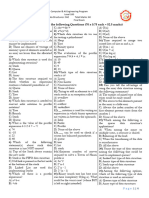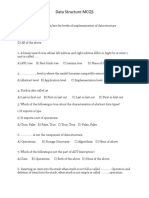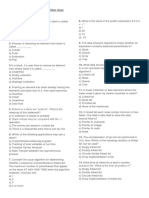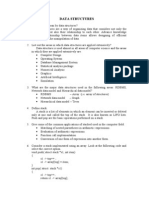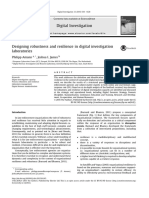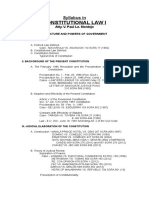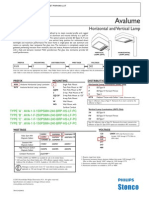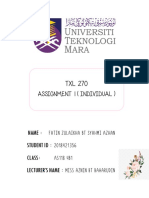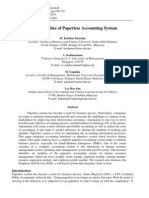0% found this document useful (0 votes)
14 views7 pagesData Structures MCQs
The document contains a set of multiple-choice questions (MCQs) focused on data structures, covering topics such as arrays, linked lists, stacks, and queues. Each question tests knowledge on time complexity, advantages and disadvantages of data structures, and their applications. The questions are designed for practice and assessment of understanding in data structures.
Uploaded by
aaliyahaweroro82Copyright
© © All Rights Reserved
We take content rights seriously. If you suspect this is your content, claim it here.
Available Formats
Download as PDF, TXT or read online on Scribd
0% found this document useful (0 votes)
14 views7 pagesData Structures MCQs
The document contains a set of multiple-choice questions (MCQs) focused on data structures, covering topics such as arrays, linked lists, stacks, and queues. Each question tests knowledge on time complexity, advantages and disadvantages of data structures, and their applications. The questions are designed for practice and assessment of understanding in data structures.
Uploaded by
aaliyahaweroro82Copyright
© © All Rights Reserved
We take content rights seriously. If you suspect this is your content, claim it here.
Available Formats
Download as PDF, TXT or read online on Scribd
/ 7





